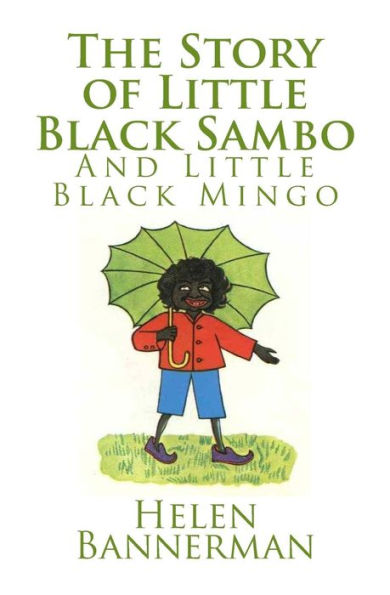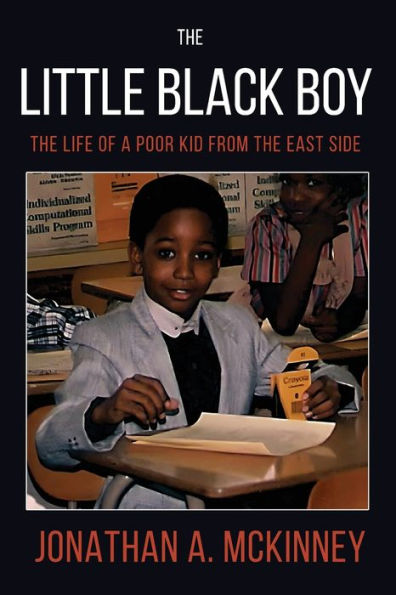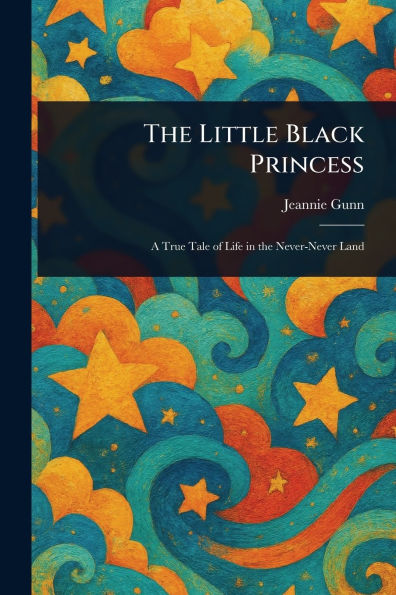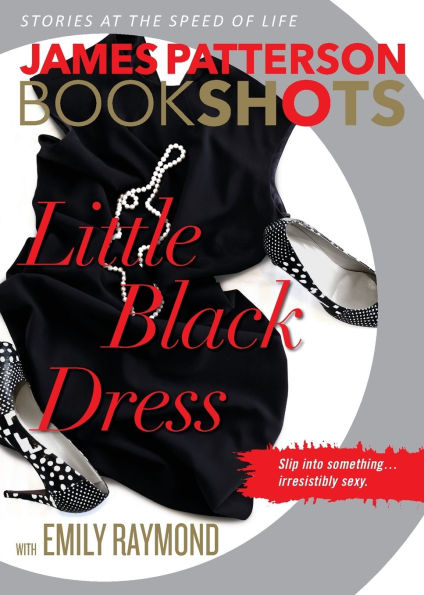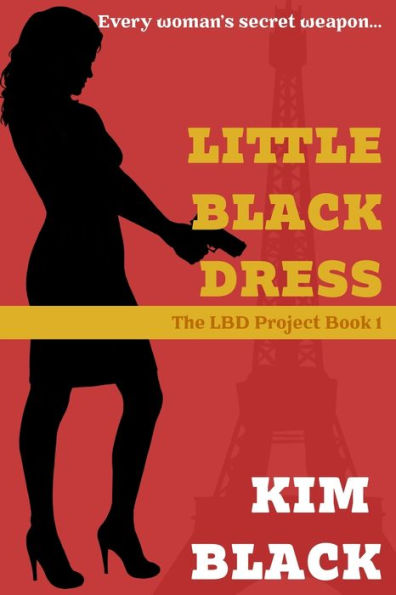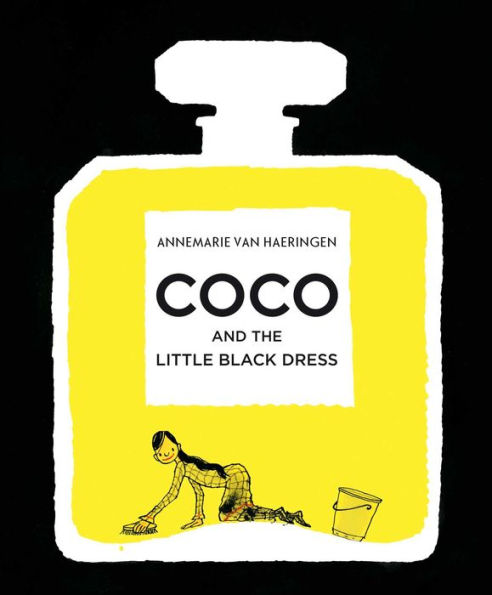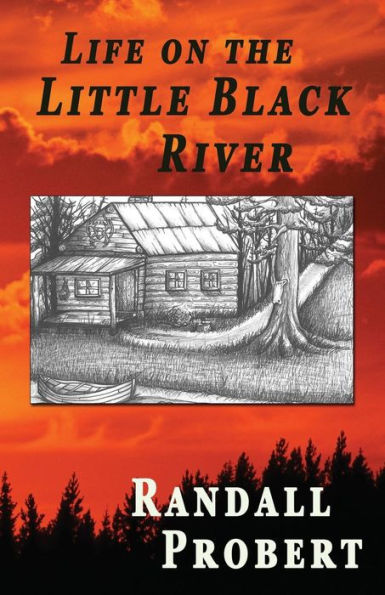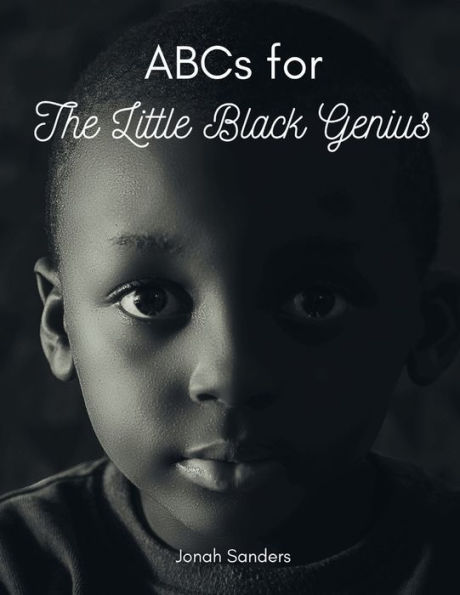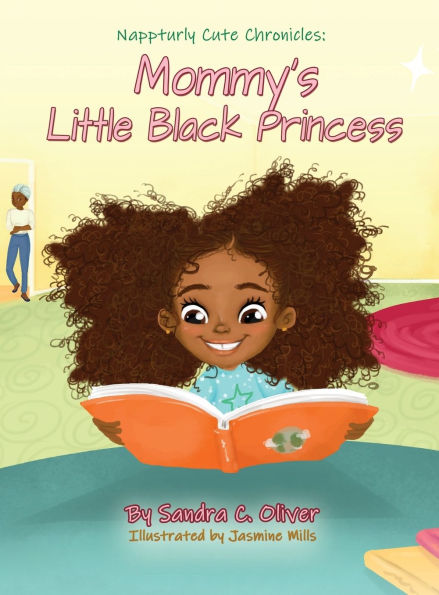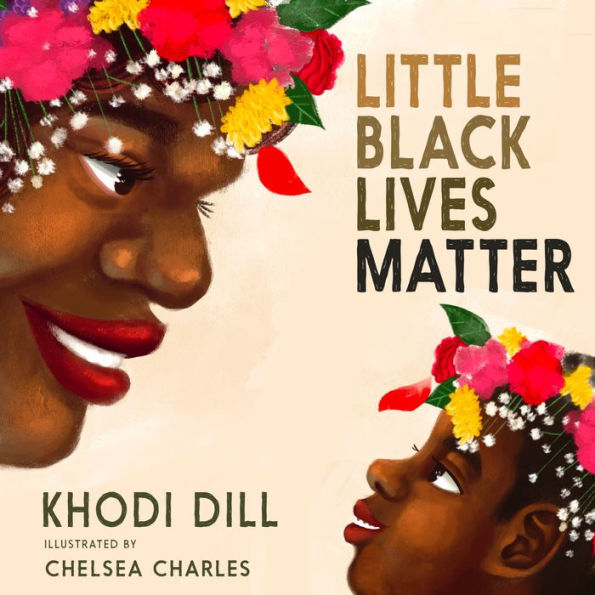Home
Little Black Sambo
Barnes and Noble
Loading Inventory...
Little Black Sambo
Current price: $9.95
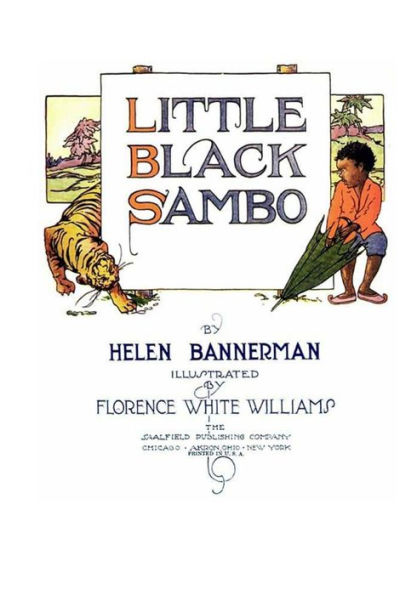
Barnes and Noble
Little Black Sambo
Current price: $9.95
Loading Inventory...
Size: OS
*Product information may vary - to confirm product availability, pricing, shipping and return information please contact Barnes and Noble
Little Black Sambo
By Helen Bannerman
Illustrated
By Florence White Williams
The Story of Little Black Sambo is a children's book written and illustrated by Helen Bannerman, and first published by Grant Richards in October 1899 as one in a series of small-format books called The Dumpy Books for Children. The story was a children's favorite for more than half a century though criticism began as early as 1932. The word sambo was deemed a racial slur in some countries and the illustrations considered reminiscent of "darky iconography." Both text and illustrations have undergone considerable revision since.
The book has a controversial history. The original illustrations by Bannerman showed a caricatured Southern Indian or Tamil child. The story may have contributed to the use of the word "sambo" as a racial slur. The book's success led to many pirated, inexpensive, widely available versions that incorporated popular stereotypes of "black" peoples. For example, in 1908 John R. Neill, best known for his illustration of the Oz books by L. Frank Baum, illustrated an edition of Bannerman's story. In 1932 Langston Hughes criticised Little Black Sambo as a typical "pickaninny" storybook which was hurtful to black children, and gradually the book disappeared from lists of recommended stories for children.
In 1942, Saalfield Publishing Company released a version of Little Black Sambo illustrated by Ethel Hays. During the mid-20th century, however, some American editions of the story, including a 1950 audio version on Peter Pan Records, changed the title to the racially neutral Little Brave Sambo.
By Helen Bannerman
Illustrated
By Florence White Williams
The Story of Little Black Sambo is a children's book written and illustrated by Helen Bannerman, and first published by Grant Richards in October 1899 as one in a series of small-format books called The Dumpy Books for Children. The story was a children's favorite for more than half a century though criticism began as early as 1932. The word sambo was deemed a racial slur in some countries and the illustrations considered reminiscent of "darky iconography." Both text and illustrations have undergone considerable revision since.
The book has a controversial history. The original illustrations by Bannerman showed a caricatured Southern Indian or Tamil child. The story may have contributed to the use of the word "sambo" as a racial slur. The book's success led to many pirated, inexpensive, widely available versions that incorporated popular stereotypes of "black" peoples. For example, in 1908 John R. Neill, best known for his illustration of the Oz books by L. Frank Baum, illustrated an edition of Bannerman's story. In 1932 Langston Hughes criticised Little Black Sambo as a typical "pickaninny" storybook which was hurtful to black children, and gradually the book disappeared from lists of recommended stories for children.
In 1942, Saalfield Publishing Company released a version of Little Black Sambo illustrated by Ethel Hays. During the mid-20th century, however, some American editions of the story, including a 1950 audio version on Peter Pan Records, changed the title to the racially neutral Little Brave Sambo.
Little Black Sambo
By Helen Bannerman
Illustrated
By Florence White Williams
The Story of Little Black Sambo is a children's book written and illustrated by Helen Bannerman, and first published by Grant Richards in October 1899 as one in a series of small-format books called The Dumpy Books for Children. The story was a children's favorite for more than half a century though criticism began as early as 1932. The word sambo was deemed a racial slur in some countries and the illustrations considered reminiscent of "darky iconography." Both text and illustrations have undergone considerable revision since.
The book has a controversial history. The original illustrations by Bannerman showed a caricatured Southern Indian or Tamil child. The story may have contributed to the use of the word "sambo" as a racial slur. The book's success led to many pirated, inexpensive, widely available versions that incorporated popular stereotypes of "black" peoples. For example, in 1908 John R. Neill, best known for his illustration of the Oz books by L. Frank Baum, illustrated an edition of Bannerman's story. In 1932 Langston Hughes criticised Little Black Sambo as a typical "pickaninny" storybook which was hurtful to black children, and gradually the book disappeared from lists of recommended stories for children.
In 1942, Saalfield Publishing Company released a version of Little Black Sambo illustrated by Ethel Hays. During the mid-20th century, however, some American editions of the story, including a 1950 audio version on Peter Pan Records, changed the title to the racially neutral Little Brave Sambo.
By Helen Bannerman
Illustrated
By Florence White Williams
The Story of Little Black Sambo is a children's book written and illustrated by Helen Bannerman, and first published by Grant Richards in October 1899 as one in a series of small-format books called The Dumpy Books for Children. The story was a children's favorite for more than half a century though criticism began as early as 1932. The word sambo was deemed a racial slur in some countries and the illustrations considered reminiscent of "darky iconography." Both text and illustrations have undergone considerable revision since.
The book has a controversial history. The original illustrations by Bannerman showed a caricatured Southern Indian or Tamil child. The story may have contributed to the use of the word "sambo" as a racial slur. The book's success led to many pirated, inexpensive, widely available versions that incorporated popular stereotypes of "black" peoples. For example, in 1908 John R. Neill, best known for his illustration of the Oz books by L. Frank Baum, illustrated an edition of Bannerman's story. In 1932 Langston Hughes criticised Little Black Sambo as a typical "pickaninny" storybook which was hurtful to black children, and gradually the book disappeared from lists of recommended stories for children.
In 1942, Saalfield Publishing Company released a version of Little Black Sambo illustrated by Ethel Hays. During the mid-20th century, however, some American editions of the story, including a 1950 audio version on Peter Pan Records, changed the title to the racially neutral Little Brave Sambo.
